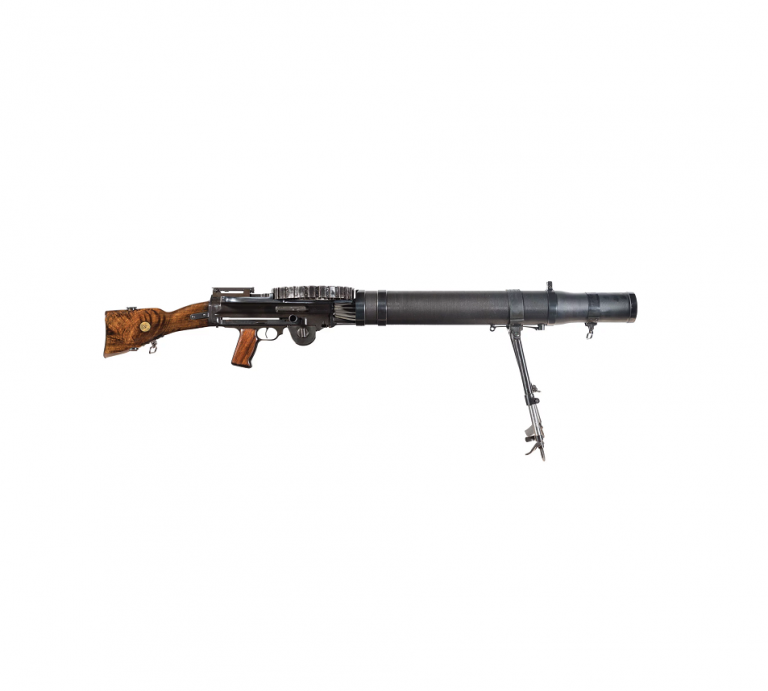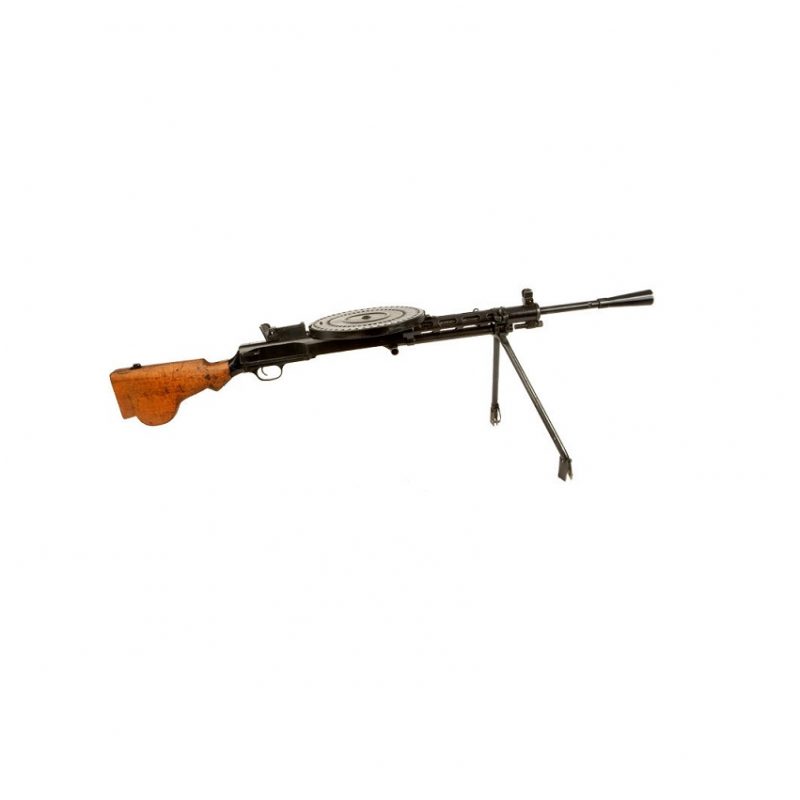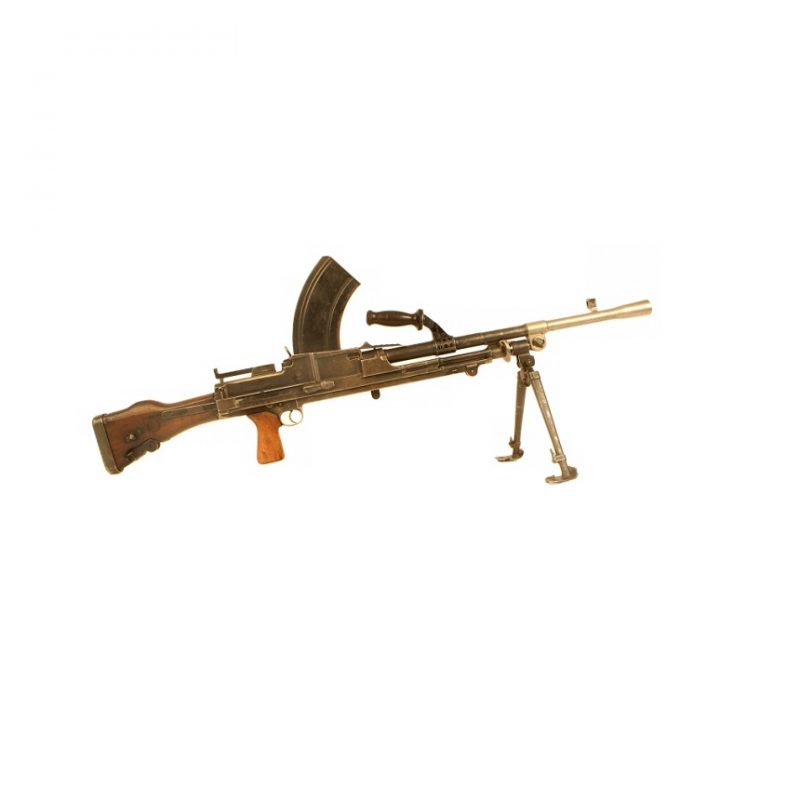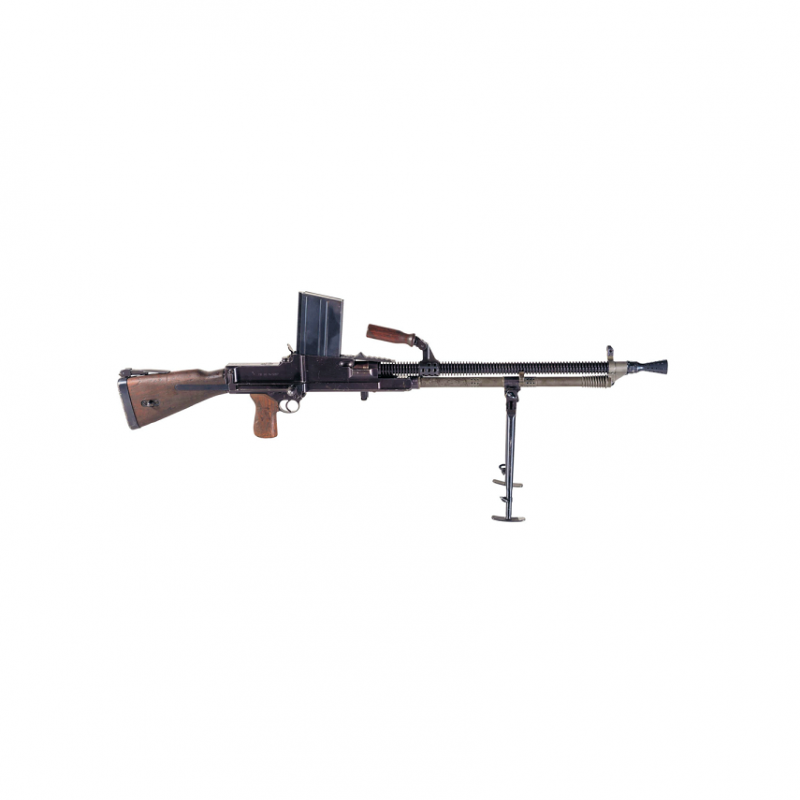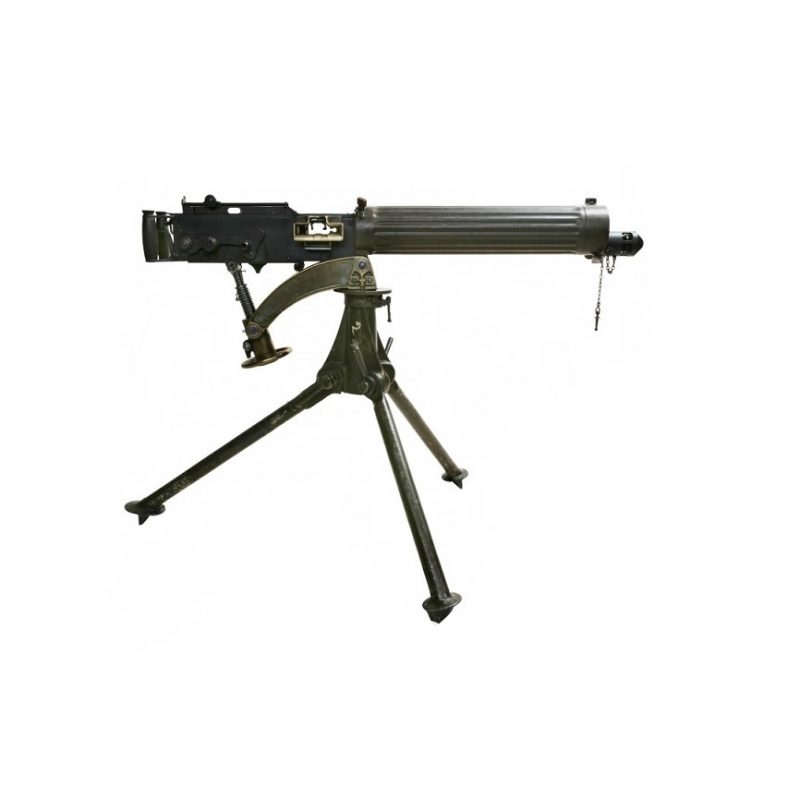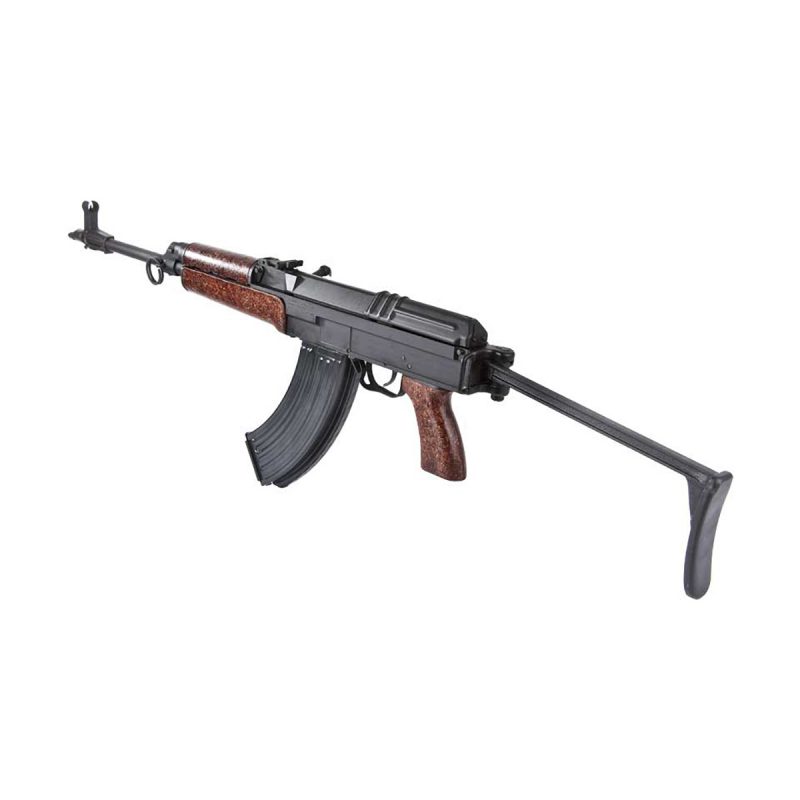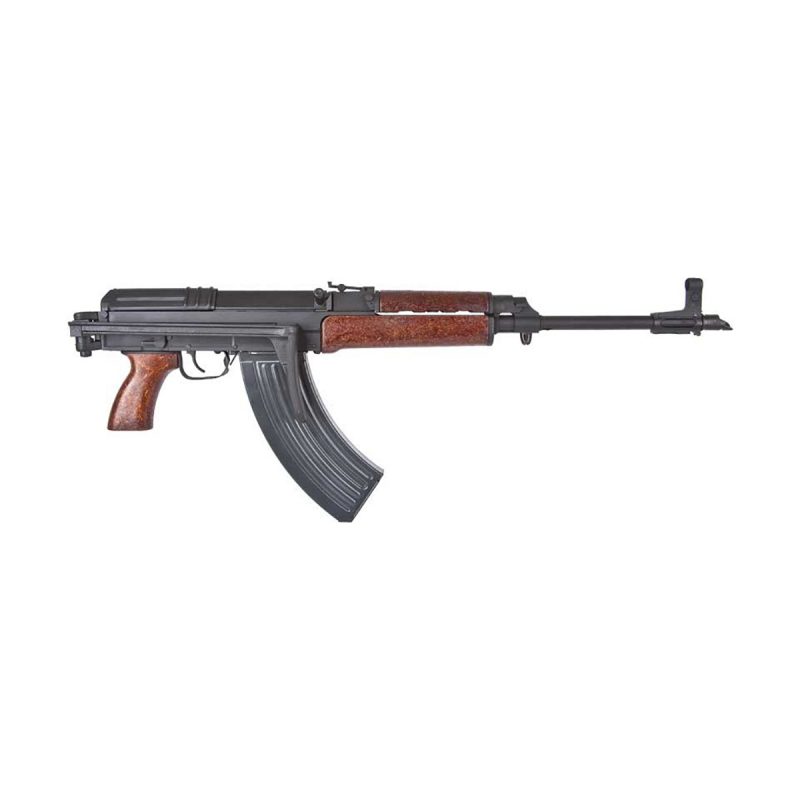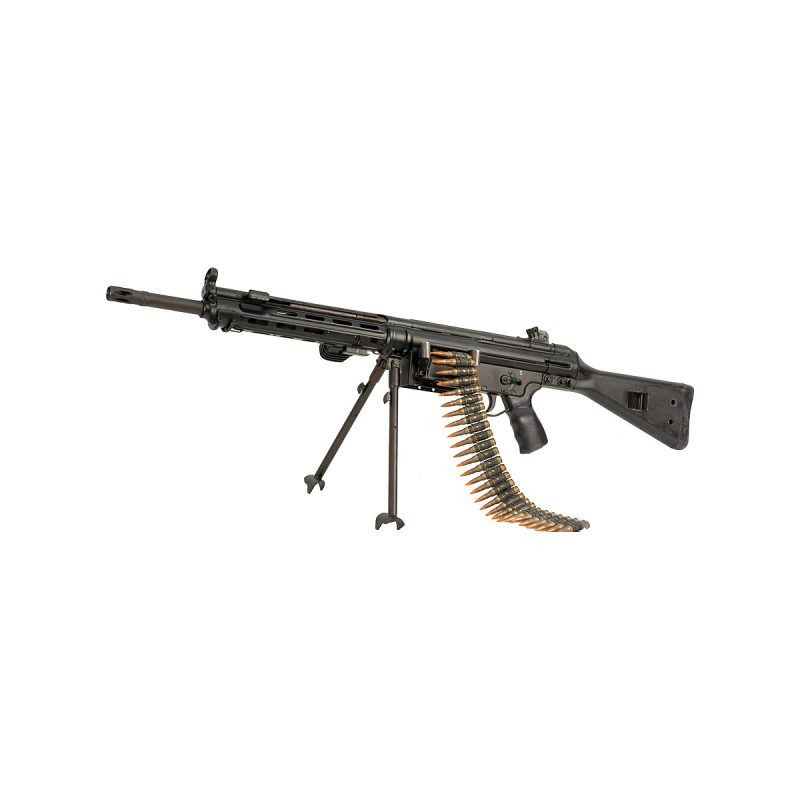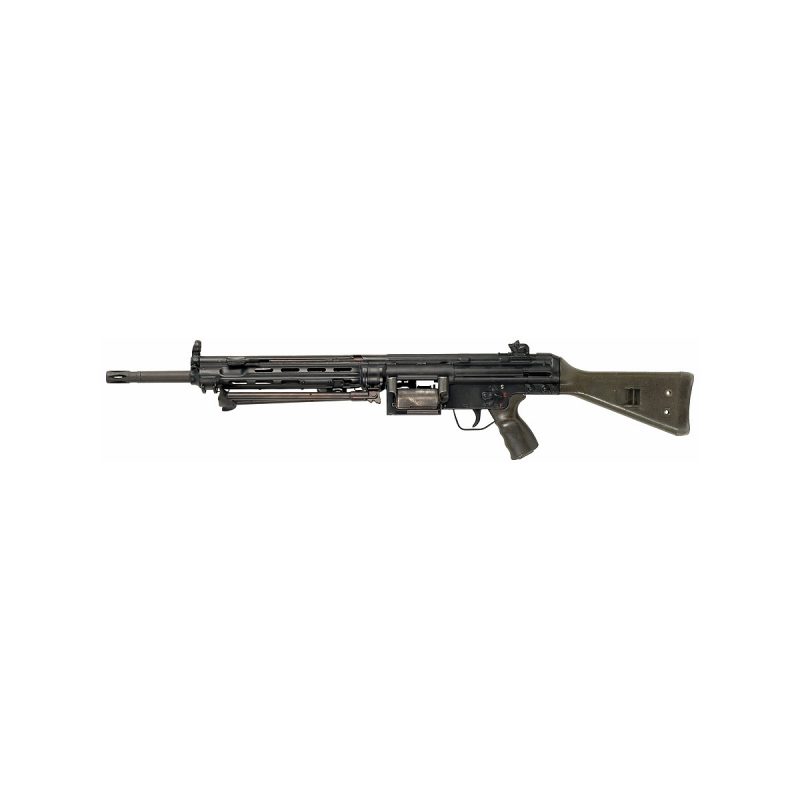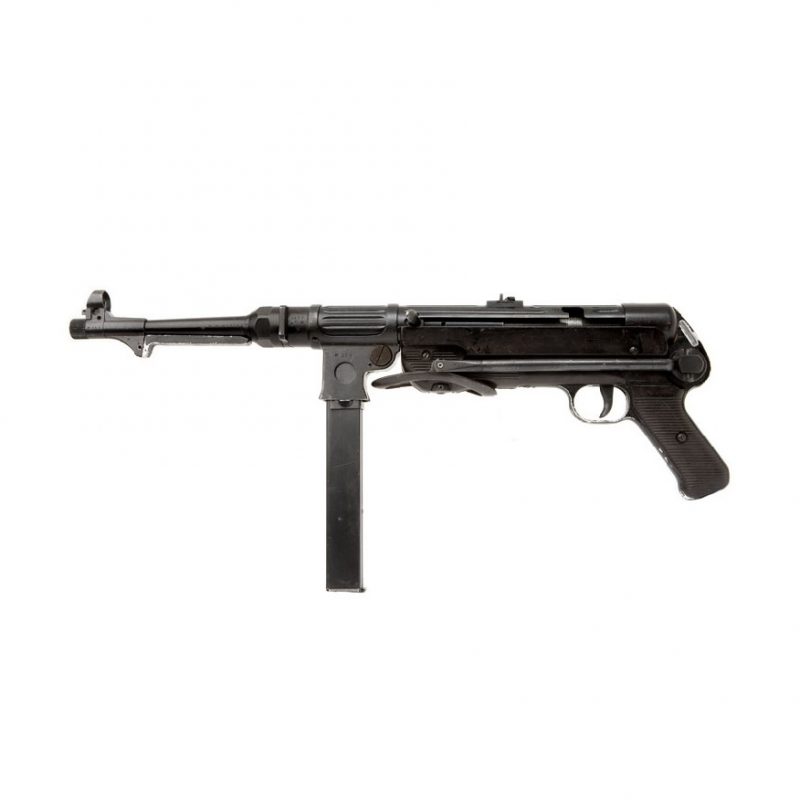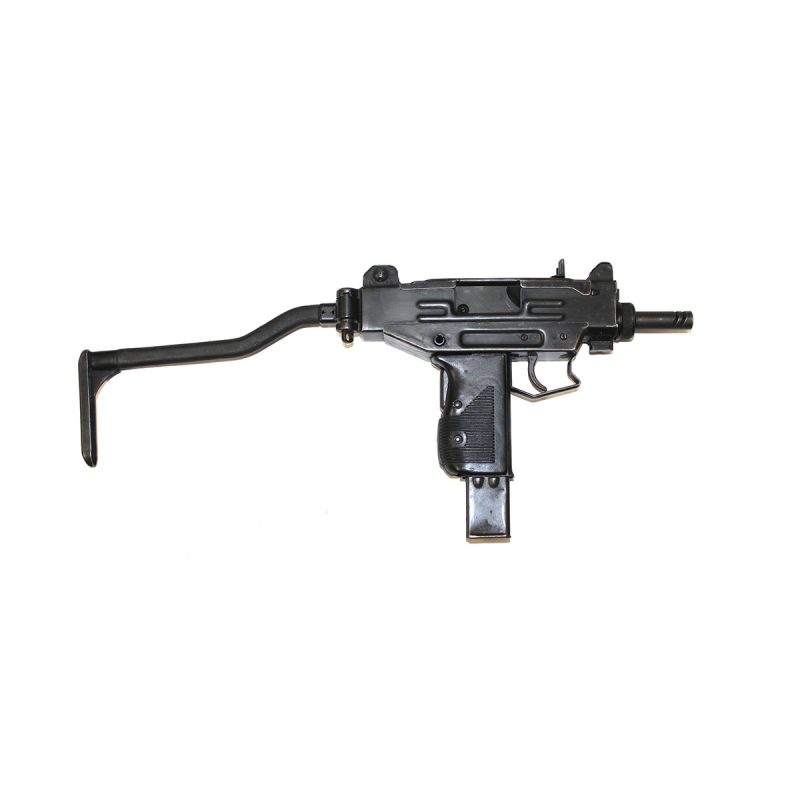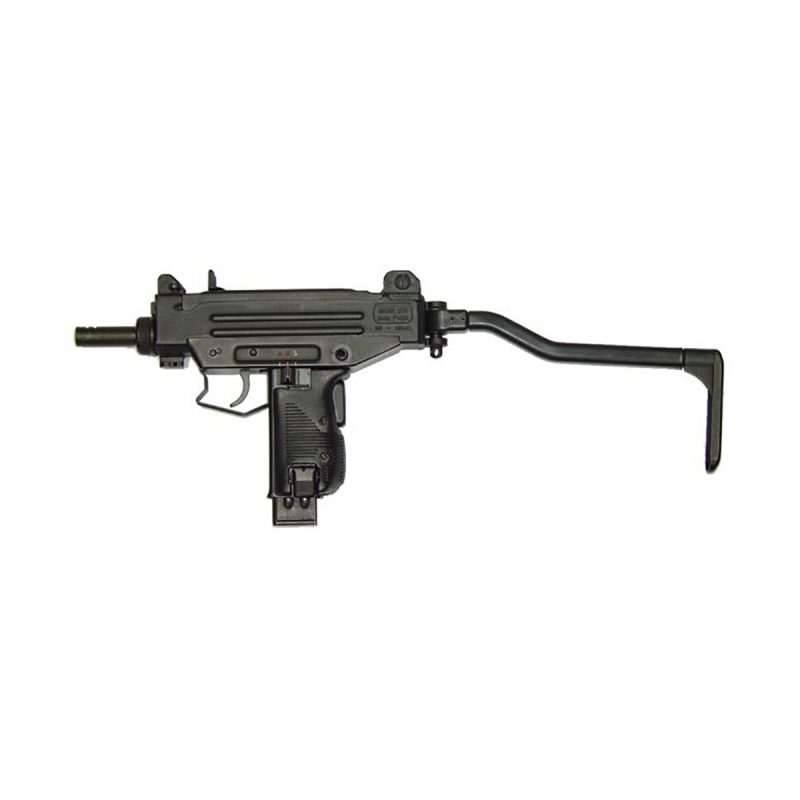Description
The invention of American Army Colonel Isaac Newton Lewis in 1911, the original Lewis design was ultimately rejected by the U.S. military. As a result Isaac Lewis travelled to Belgium in the hopes of placing his gun into production.
In 1913 he created the Belgium company ‘Armes Automatique Lewis’ and with the aid of the British ‘Birmingham Small Arms Coy Ltd’ (BSA), the Lewis light machine gun (LMG) finally went into production (albeit in very small numbers) for the Belgium armed forces.
BSA were incredibly impressed with the design and with impending global war on the horizon saw great potential for sales. This lead to them purchasing a license to manufacture the gun in Britain, where Isaac Lewis would ultimately relocate to.
BSA Lewis guns were chambered for the British .303 cartridge (as used by the Vickers machine gun and Lee Enfield rifle), where as the later U.S produced guns where chambered for the .30-06 cartridge.
This weapon has two distinctive features, the first being the top mounted large circular ‘pan’ magazine, which for normal ground use (infantry etc.) carried 47 rounds and for aircraft/anti-aircraft use a larger version could be fitted which carried 97 rounds. The second feature being the large tubular aluminum barrel-shroud, which would effectively pull air over the barrel to aid cooling when fired.
The Lewis saw extensive use with Allied troops during World War One (some 200,000 were produced) and due to the scale of British equipment lost at Dunkirk in 1940, it was rapidly placed back into service in World War Two (where another 150,000 were produced). Although in this war they were predominantly used as anti-aircraft/defensive weapons on ships or at air bases, as well as general issue to home gaurd and coastal defensive units.
Designer: Isaac Newton Lewis
Designed: 1911
Manufacturer: The Birmingham Small Arms Company Limited (BSA)
Produced: 1913-1942
